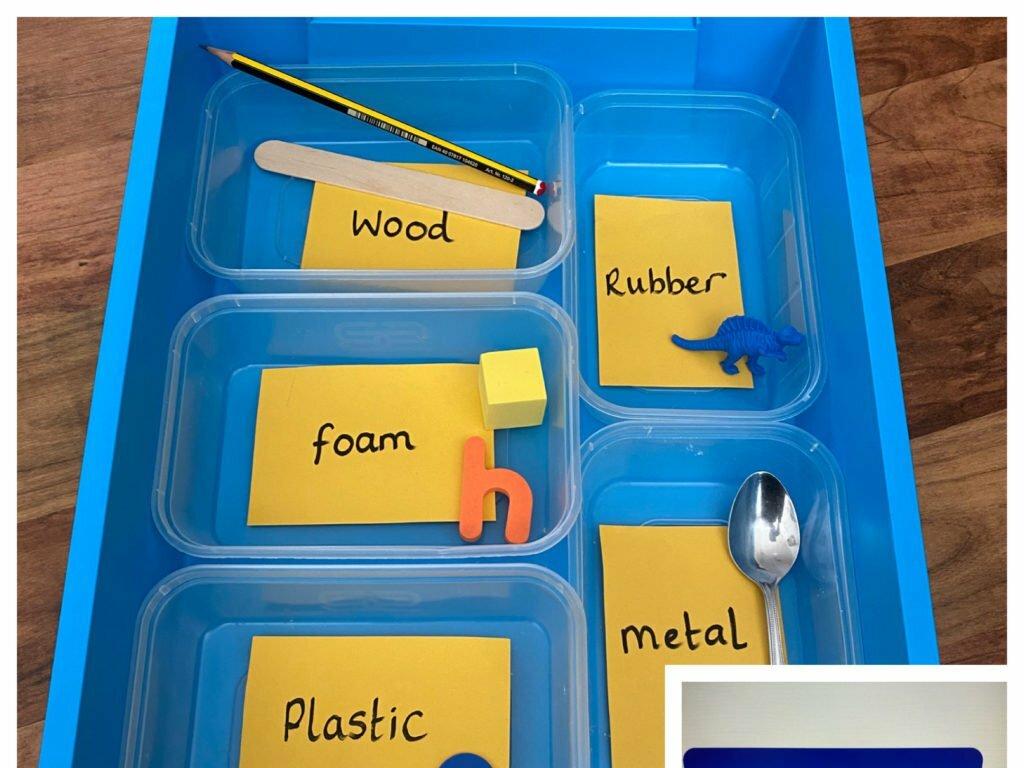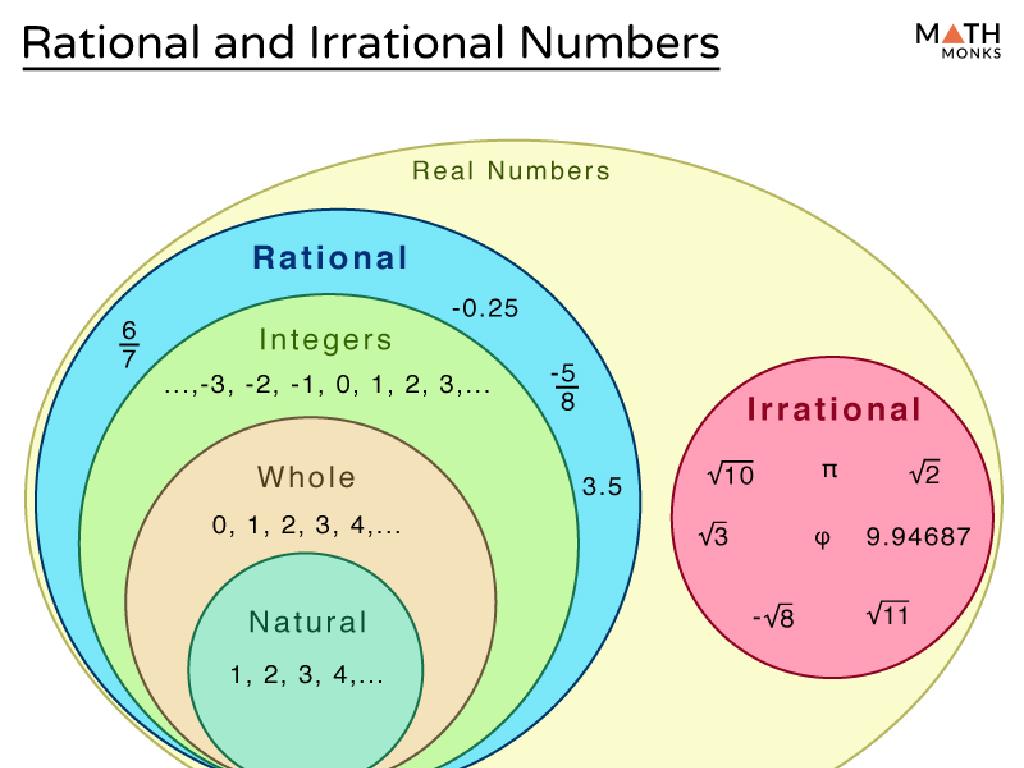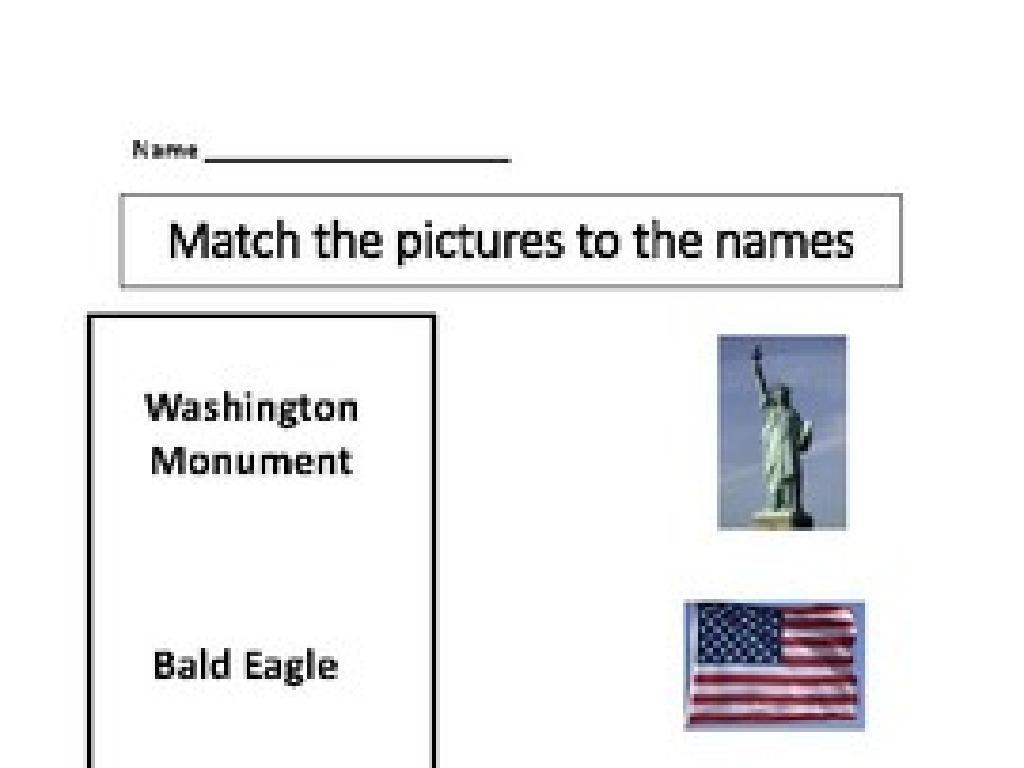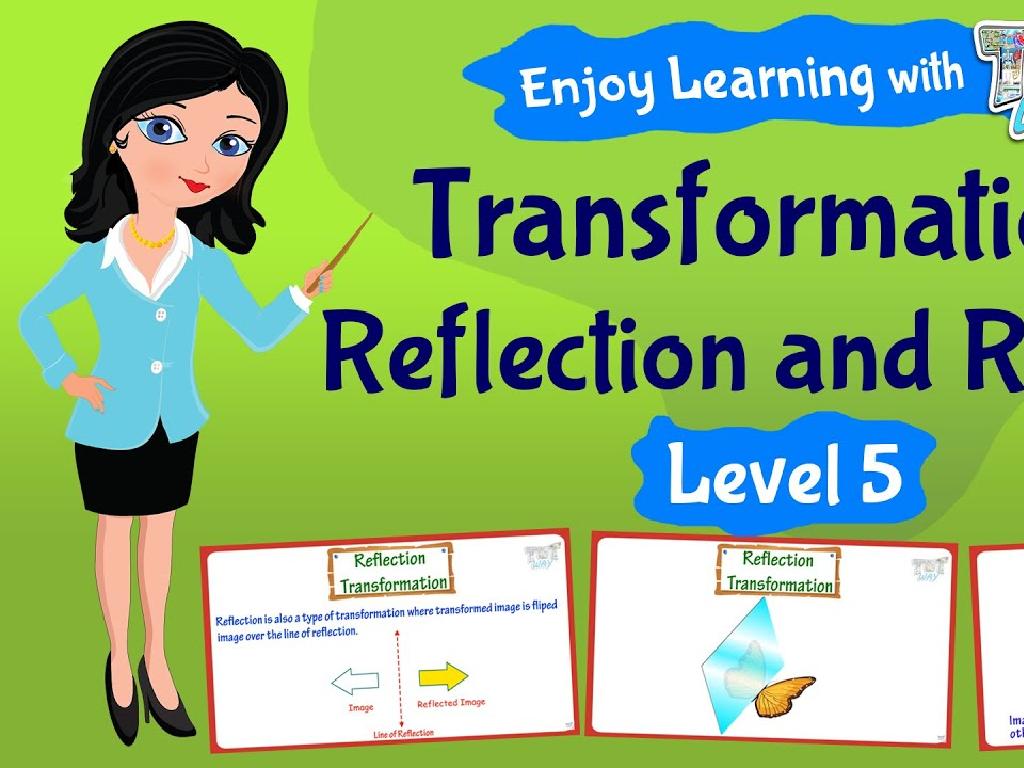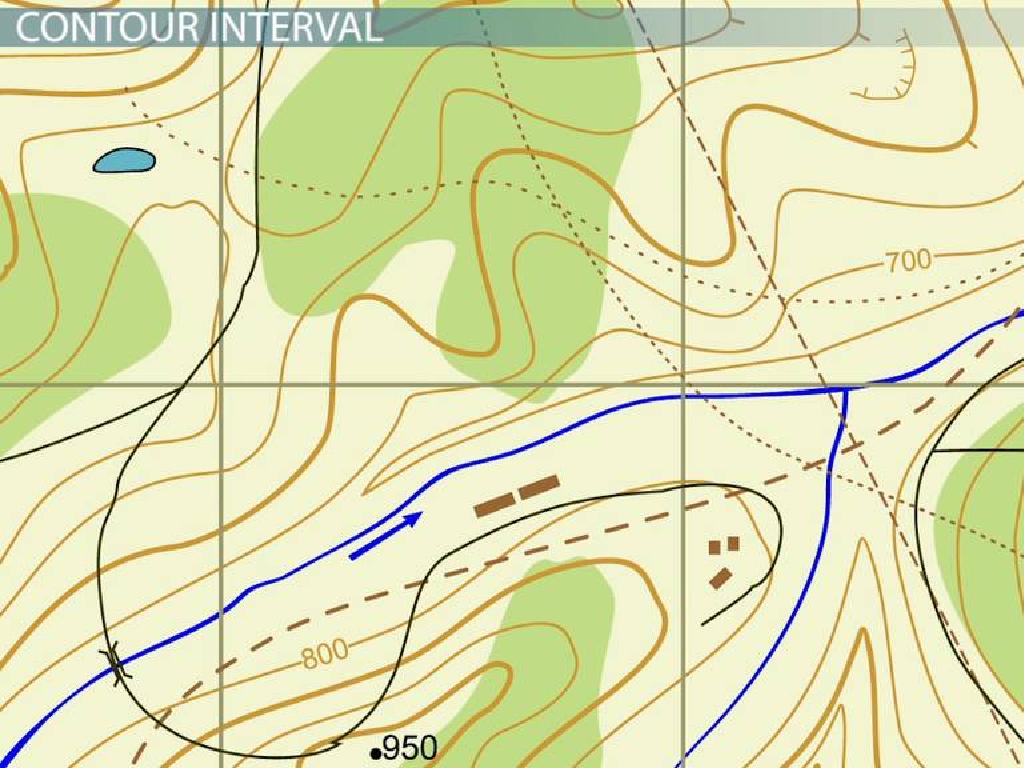Choose Between The Past Tense And Past Participle
Subject: Language arts
Grade: Fifth grade
Topic: Verb Tense
Please LOG IN to download the presentation. Access is available to registered users only.
View More Content
Understanding Verb Tenses: Past Tense vs. Past Participle
– Welcome to Language Arts class!
– Exploring verb tenses
– Verb tenses tell us when an action happens
– Differentiating past tense and past participle
– Past tense is used for actions completed in the past. Past participle often needs a helper verb
– Examples and usage in sentences
– Past tense: ‘I walked to school.’ Past participle: ‘I have walked to school.’
|
Begin the class with a warm welcome and an introduction to verb tenses, emphasizing their role in indicating the timing of actions. Focus on the past tense, which describes actions that were completed in the past, and compare it with the past participle, which is usually used with a helper verb like ‘have’ or ‘had’ to show that an action was completed before another action. Provide clear examples to illustrate the difference, and prepare to guide students through exercises that will help them practice and understand how to use each tense correctly. Encourage students to think of their own examples and share them with the class.
Understanding Past Tense in Verbs
– What is Past Tense?
– It shows action that has already happened
– Regular verbs end with ‘-ed’
– ‘talk’ becomes ‘talked’
– Irregular verbs change form
– ‘run’ becomes ‘ran’, not ‘runned’
– Examples: ‘walk’ and ‘go’
– ‘walk’ -> ‘walked’, ‘go’ -> ‘went’
|
This slide introduces the concept of past tense to the students, emphasizing the difference between regular and irregular verbs. Regular verbs form the past tense by adding ‘-ed’ to the base form, while irregular verbs have unique past forms that students need to memorize. Provide examples of both regular and irregular verbs, and encourage students to come up with more examples on their own. Use common verbs that they are likely to use in daily conversation to make the learning process relatable and easier to understand. The goal is for students to recognize and use the correct past tense forms in their writing and speaking.
Understanding Past Participle
– Define past participle
– It’s a verb form used with perfect tenses, often ending in -ed, -d, -t, -en, or -n.
– Regular verbs: past tense match
– For example, ‘talk’ becomes ‘talked’ in both past and past participle form.
– Irregular verbs: unique forms
– ‘Go’ becomes ‘went’ (past) and ‘gone’ (past participle).
– Usage in perfect tenses
– Past participle is used with ‘have’, ‘has’, or ‘had’ to form perfect tenses.
|
This slide introduces the concept of past participles, which are essential in forming perfect tenses. Start by defining the past participle and explaining that it is not just a simple past form but is used in combination with auxiliary verbs to indicate completed actions. Highlight the difference between regular verbs, where the past participle is the same as the past tense, and irregular verbs, which have unique forms. Provide clear examples for both regular and irregular verbs, and ensure students understand how to use past participles in sentences. Encourage them to think of more examples and to practice forming sentences using both regular and irregular past participles.
Past Tense in Action
– Past tense shows completed actions
– It tells us the action is finished, like ‘played’, ‘jumped’, ‘laughed’
– Example: ‘Yesterday, I walked to the park.’
– ‘Walked’ is the past tense of ‘walk’, showing the action is done
– Activity: Find past tense verbs
– Look at sentences and underline the verbs that are in the past tense
|
This slide introduces the concept of the past tense as a way to indicate actions that have been completed. Use the example sentence to illustrate how the past tense is formed and used. For the activity, provide students with a worksheet containing sentences where they must identify and underline the past tense verbs. This will help them recognize the pattern of regular past tense verb endings, typically ‘-ed’, and become familiar with irregular past tense forms. Encourage students to think of actions they did yesterday or this morning and to share sentences using past tense verbs.
Mastering Past Participles
– Understanding perfect tenses
– Past participles often end in -ed, used with ‘have’, ‘has’, or ‘had’.
– ‘I have walked’ example
– ‘Walked’ is the past participle, showing a completed action.
– Forming sentences activity
– Create your own sentences using past participles in perfect tenses.
– Recognize past participles
– Identify past participles in sentences and understand their role.
|
This slide introduces the concept of past participles and their use in perfect tenses, which indicate completed actions. The example ‘I have walked to the park.’ illustrates how the past participle ‘walked’ is used with the helper verb ‘have’ to form the present perfect tense. The class activity encourages students to practice by forming their own sentences using past participles, reinforcing their understanding. Teachers should explain that past participles are not just for regular verbs ending in -ed but also for irregular verbs, which may have unique forms. The goal is for students to recognize and use past participles correctly in various tenses.
Choosing the Correct Verb Form
– Context dictates verb form
– Sentences give clues for the right tense
– Tips for past tense vs. past participle
– Past tense: action completed in the past. Past participle: used with ‘have’ for actions that are done
– Practice with contextual examples
– ‘I walked to the park.’ vs. ‘I have walked to the park.’
– Understanding through exercises
– We’ll do fun exercises to master verb forms
|
This slide aims to help students understand how to choose the correct verb form based on the context of the sentence. Emphasize that the past tense is used for actions that were completed in the past, while the past participle is often used with ‘have’ to indicate actions that are completed at the time of speaking. Provide clear examples to illustrate the difference and engage the students with practice exercises. Encourage them to look for clues within sentences to determine the correct form and remind them that practice is key to mastering verb tenses.
Class Activity: Verb Tense Challenge
– Split into teams for a tense game
– Complete challenges using verbs
– Use verbs in past tense and past participle forms
– Mix regular and irregular verbs
– Examples: walked (past), walked (participle); ate (past), eaten (participle)
– Earn points for correct tenses
|
This interactive class activity is designed to help students practice and differentiate between past tense and past participle forms of verbs. Divide the class into small teams and set up stations with different verb tense challenges. Include a variety of regular and irregular verbs for students to work with. Each team will score points for correctly using the past tense and past participle forms in sentences. For example, ‘She walked to school yesterday’ (past tense) vs. ‘She has walked to school before’ (past participle). Keep the activity engaging and offer praise for effort and correct usage. Possible activities: fill-in-the-blank sentences, correcting sentences, creating their own sentences, and a relay race where they have to find and correct verbs in a text.
Wrapping Up: Past Tense & Past Participle
– Recap: Past Tense vs. Past Participle
– Past tense: actions completed in the past. Past participle: often used with ‘have’.
– Why verb tenses matter in writing
– Verb tenses help readers understand when actions happen.
– Homework: Craft a short story
– Write a story that happened in the past using correct verb forms.
– Use both past tenses and participles
– Mix past tense verbs and past participles to show completed actions.
|
This slide aims to consolidate the students’ understanding of the differences between past tense and past participle forms of verbs. Emphasize the importance of using the correct verb tense to convey the timing of actions clearly in writing. For homework, instruct students to write a short story that includes both past tense verbs and past participles, which will help them apply what they’ve learned in a creative context. Provide examples of past tense (‘I walked to school’) versus past participle (‘I have walked to school’) to clarify. Encourage creativity in their stories and remind them to focus on using the tenses correctly. This exercise will reinforce their grasp of verb tenses and prepare them for more advanced writing tasks.

